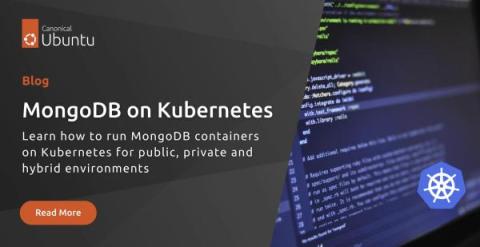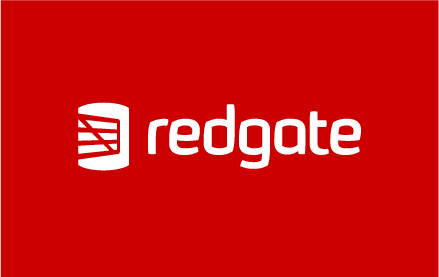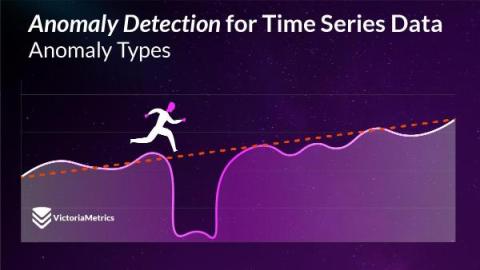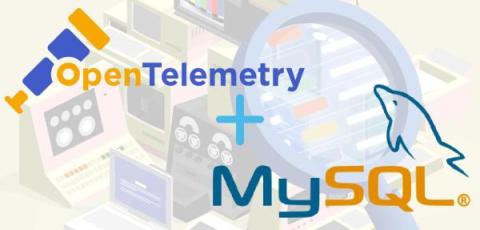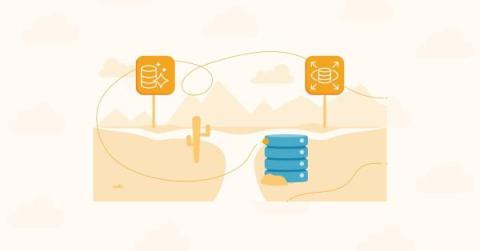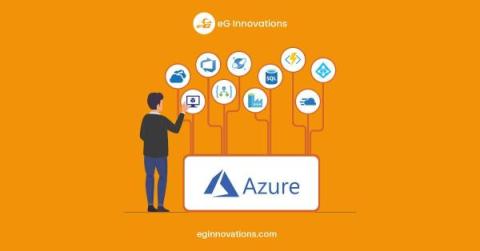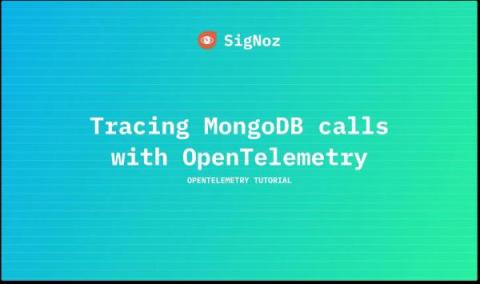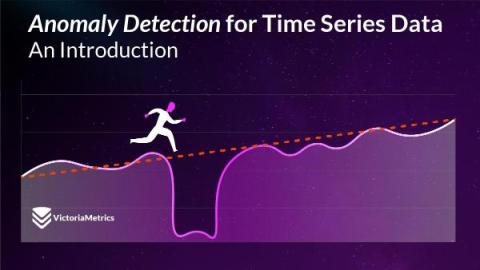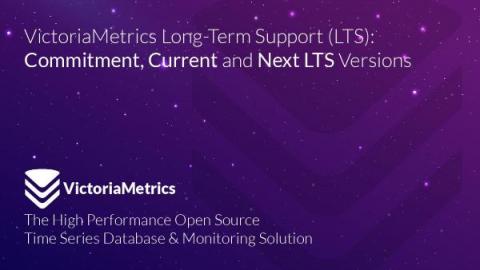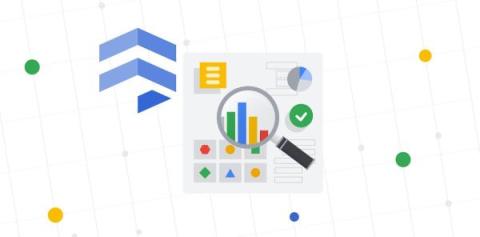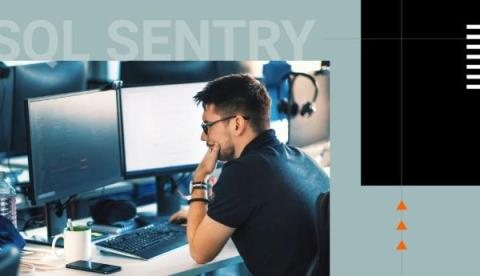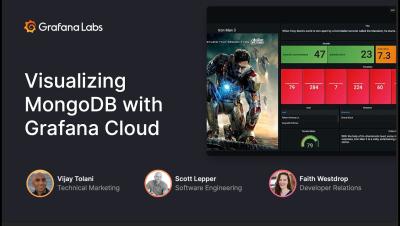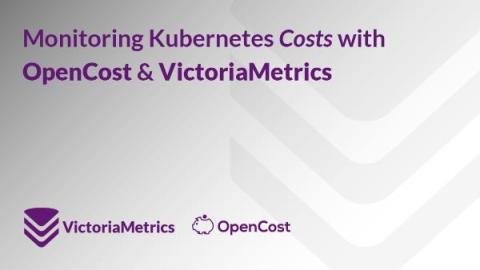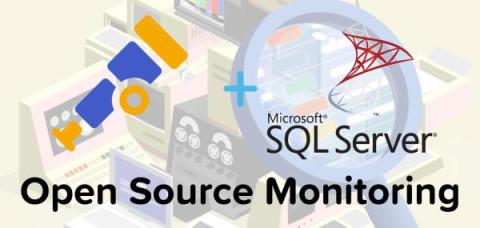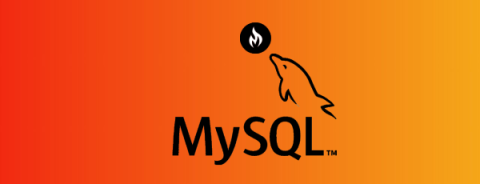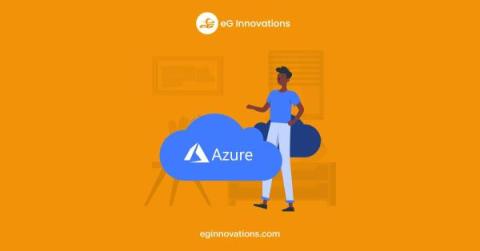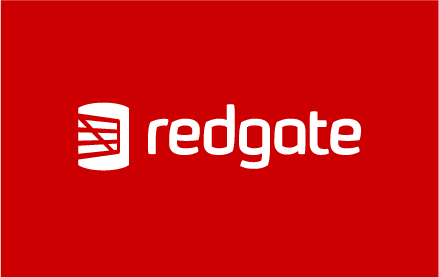Operations | Monitoring | ITSM | DevOps | Cloud
October 2023
Lessons Learned from a Digital Transformation in the Finance Industry
Anomaly Detection for Time Series Data: Anomaly Types
Welcome to the second chapter of the handbook on Anomaly Detection for Time Series Data! This series of blog posts aims to provide an in-depth look into the fundamentals of anomaly detection and root cause analysis. It will also address the challenges posed by the time-series characteristics of the data and demystify technical jargon by breaking it down into easily understandable language. This blog post (Chapter 2) is focused on different types of anomalies.
How to Monitor MySQL Using OpenTelemetry
Aurora Vs. RDS: Choosing The Best AWS Database Solution
Choosing Azure Database Services - What are the options?
Microsoft Azure offers a choice of relational and non-relational database services to support a wide range of application needs and demands. Built-in intelligence helps automate management tasks like high availability, scaling, and query performance tuning to provide users with services that ensure applications are always available and performant. Many services offer essentially limitless database scale and SLAs (Service Level Agreements) usually range between 99.9-99.999% availability.
OpenTelemetry MongoDB | Monitor and visualize your MongoDB database calls
Anomaly Detection for Time Series Data: An Introduction
Welcome to the handbook on Anomaly Detection for Time Series Data! This series of blog posts aims to provide an in-depth look into the fundamentals of anomaly detection and root cause analysis. It will also address the challenges posed by the time-series characteristics of the data and demystify technical jargon by breaking it down into easily understandable language. This blog post (Chapter 1) is focused on.
How to test a MongoDB NoSQL database
Most development teams know that testing the application layer of a system (a.k.a the codebase) is of vital importance. Testing the data layer (the database) is just as important. To perform database testing, you construct queries to assert and validate the database operations, structures, and attributes required by the application connecting to the database.
The Future of Database Monitoring - AIOps
VictoriaMetrics Long-Term Support (LTS): Current State
We release VictoriaMetrics several times a month, including at least one major update. However, because these new releases often introduce new features, they may be less stable. That’s why we also regularly publish Long-term support releases (LTS) alongside our regular releases. These LTS versions focus exclusively on bug fixes without new features and performance improvements. We committed to publishing LTS versions every six months and supporting them for one year.
Getting to know Systems insights, a simplified database system monitoring tool
The story of how we simplified database system monitoring for generalists while making it flexible enough for specialists.
SQL Sentry Then and Now Part 2
Visualizing MongoDB with Grafana Cloud
Five database DevOps practices for boosting team productivity
Monitoring Kubernetes costs with OpenCost and VictoriaMetrics
Control over operational costs is pivotal in Kubernetes' deployment and management. Although Kubernetes brings power and control over your deployments, it also necessitates thorough understanding and management of costs. OpenCost, specifically designed for Kubernetes cost monitoring, combined with VictoriaMetrics, an efficient time series database, offers a comprehensive solution for this challenge.
How to Monitor SQL Server with OpenTelemetry
Tutorial: Monitoring MySQL Server Performance with Prometheus and sql_exporter
Databases in one form or another are almost an inseparable part of modern applications. A popular one among them is MySQL on which this article will focus. But how to monitor MySQL? This article will give an introduction to this topic.
Planning and Baselining a Migration to Azure SQL
A migration from on-premises SQL Server to Azure SQL offers many customers a number of advantages. It can enable scalability, reduce costs, enhance security, ensure high availability, and simplifies maintenance. Many organizations are looking to equivalent cloud services to move on-prem workloads such as SQL databases to the cloud, freeing themselves from the overheads of purchasing, configuring and maintaining physical hardware and infrastructure.


